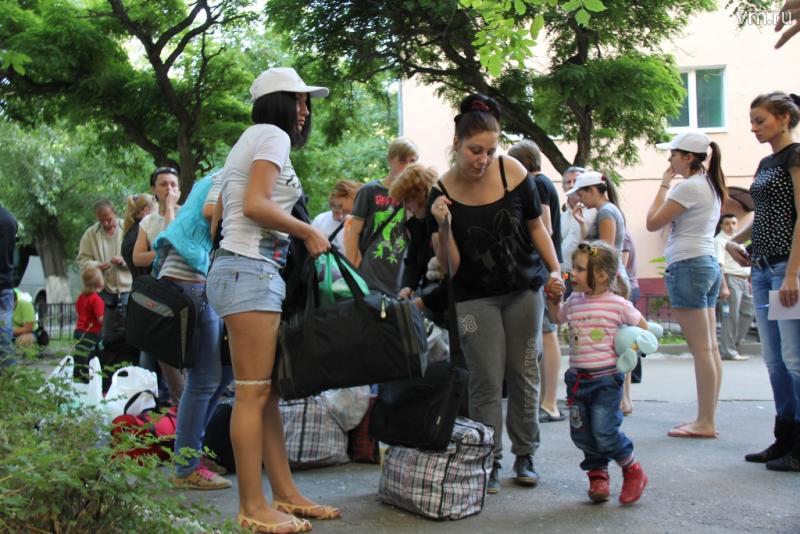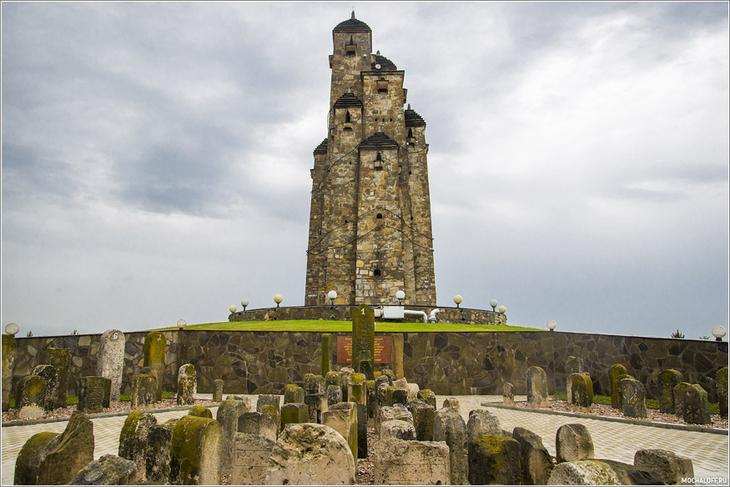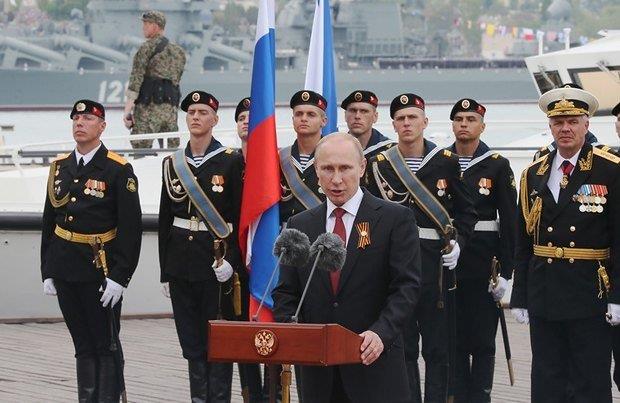As winter approaches, Moscow is set to expel many if not most of the Ukrainians who fled from the fighting in eastern Ukraine last year, an action that will place new burdens on Kyiv but not on the breakaway regions (Ukrainians from there are not affected by this rule) and threatens to create a humanitarian disaster.
Today, the special migration regime that Moscow created for Ukrainians last year runs out, and any Ukrainians in Russia except those from Donetsk and Luhansk oblasts, now can live in the Russian Federation no more than 90 days in the course of every six month period.
If a Ukrainian citizen does not “legalize” his or her status by getting a work permit or securing residency by another means, Russian officials say, he or she will have 30 days to leave the Russian Federation. A failure to do so will lead to expulsion and a ban on entrance to Russia of from three to ten years.
According to Russia’s Federal Migration Service, there are approximately 2.6 million Ukrainian citizens now on Russian territory, of whom more than a million are from the Donbas. It is not clear how many Ukrainians have work permits, but fewer than a thousand have been given refugee status.
In reporting all this, the URA.ru news agency says that a large number of Ukrainians face “mass deportation” at the end of November, precisely the time when the weather in Ukraine and Russia too becomes harshest and problems with providing shelter, heating and food are most acute.
In that context, Moscow’s exclusion of Ukrainians from the Donbas from any expulsion order shows that this action is intended to hurt Kyiv in the first instance. That alone should be the occasion for the international community to protest what Moscow is doing and to provide help to the Ukrainian authorities for the likely return of several hundred thousand Ukrainians.








